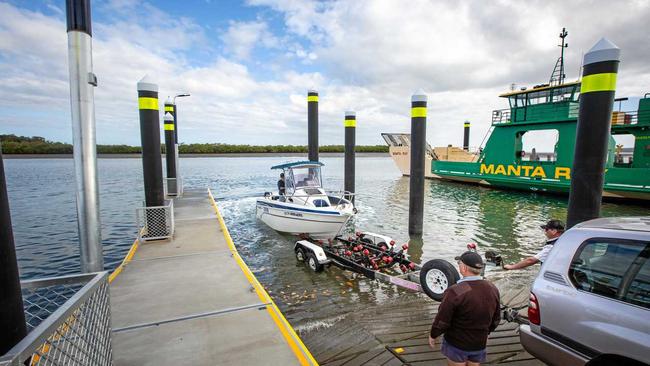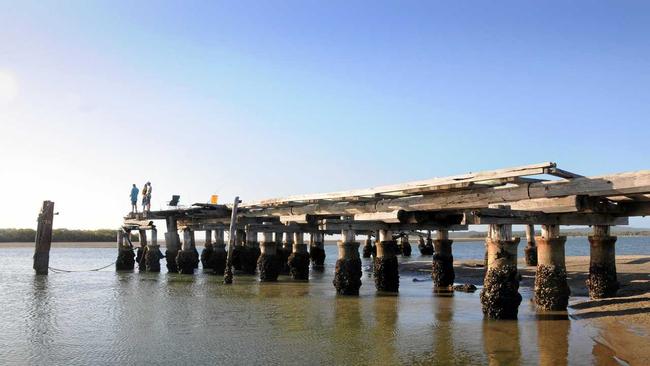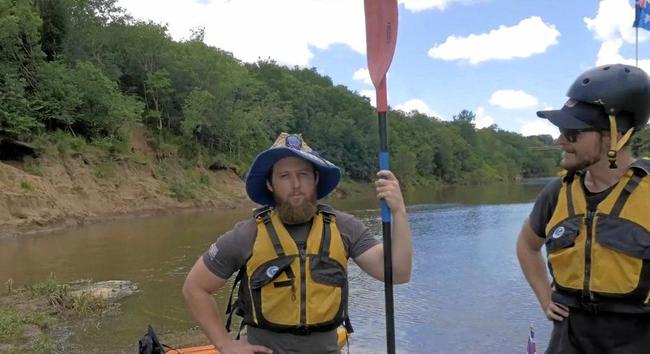Officers monitor Inskip after croc sighting
It follows several other reports earlier this year in the Big Tuan Creek north of Gympie, and at Snapper Creek, at Tin Can Bay back in January.
Gympie
Don't miss out on the headlines from Gympie. Followed categories will be added to My News.
ENVIRONMENT and Science Department wildlife officers are monitoring the waters around Bullock Point on the Inskip Peninsula after a report of an estuarine crocodile there 10 days ago.
The croc was reported on August 4. It follows several other reports earlier this year in the Big Tuan Creek north of Gympie, and at Snapper Creek, at Tin Can Bay back in January.

In February of this year, a Gympie kayaker thought he saw a crocodile near the weir at Kidd Bridge.
Wildlife officers conducted site assessments after that report but found nothing.
CROC HOTSPOT: Are the reptiles breeding on the Fraser Coast?
ABSOLUTE CROC: Mary River search finds nothing in Gympie
All reported crocodile sightings are investigated by the department.
"Crocodiles that pose a threat to human safety are targeted for removal under the Queensland Crocodile Management Plan," a spokesman said.

The Gympie region is within Zone F of the Queensland Crocodile Management. It is considered an atypical habitat zone as it is an area outside the normal extent for crocodiles.
"Zone F includes all waterways south of the Boyne River," she said.

"Any crocodile found in Zone F is automatically targeted for removal, regardless of size or behaviour."
Members of the public can report crocodile sightings by calling 1300 130 372.
In Queensland, the estuarine crocodile is spread across both latitudinal and longitudinal gradients around the coastline, from Gladstone on the east coast, through to Cape York Peninsula, and throughout the Gulf of Carpentaria to the Northern Territory border.

However, individuals are less frequently seen south of Gladstone in the Mary River and the Great Sandy Strait.
Estuarine crocodiles can occur over 100km inland, but are most commonly found in Queensland at elevations of less than about 20m above sea level in tidal reaches of rivers, freshwater lagoons, rivers, and swamps and along beaches throughout their range.
They are not uncommon on offshore islands of the Great Barrier Reef and Torres Strait.



